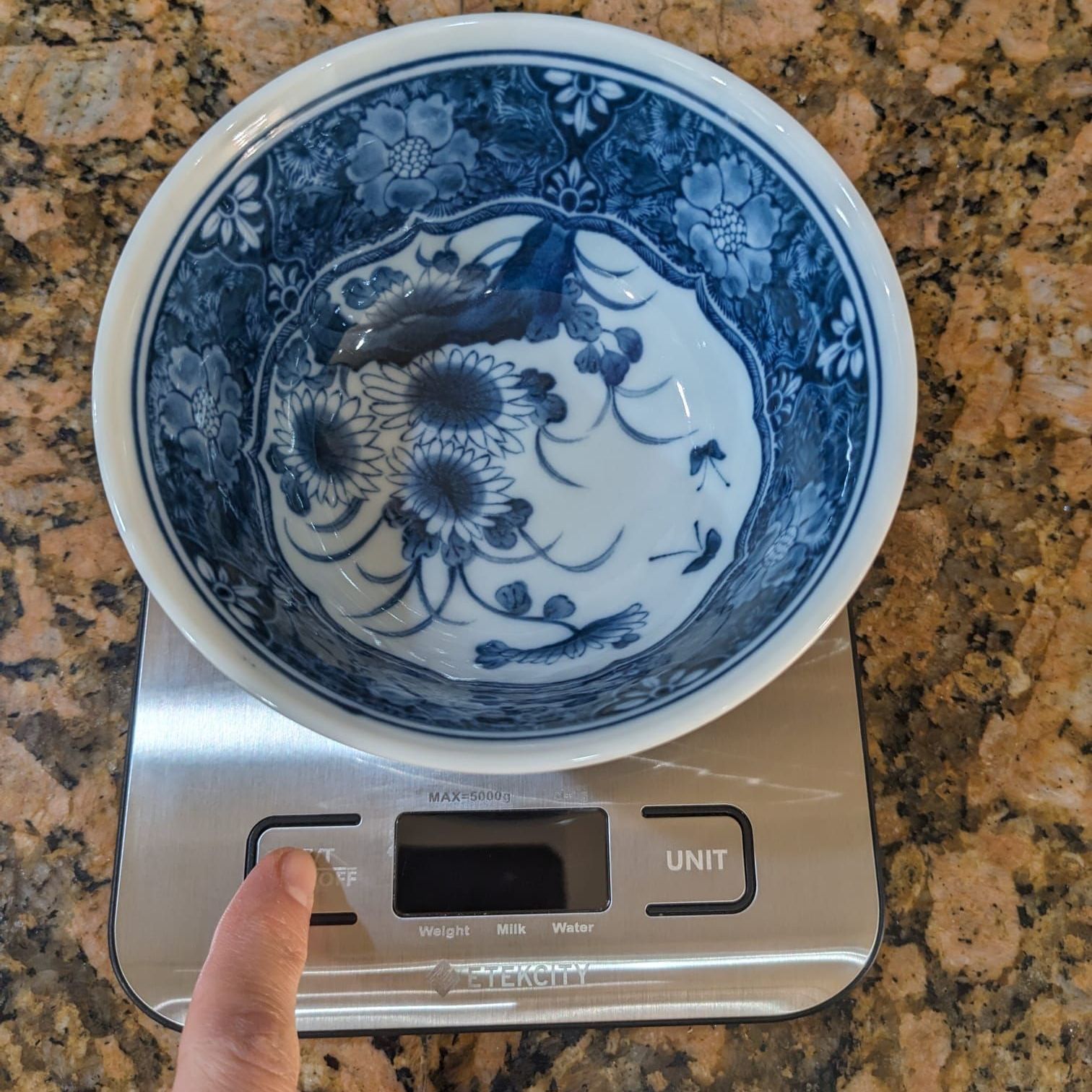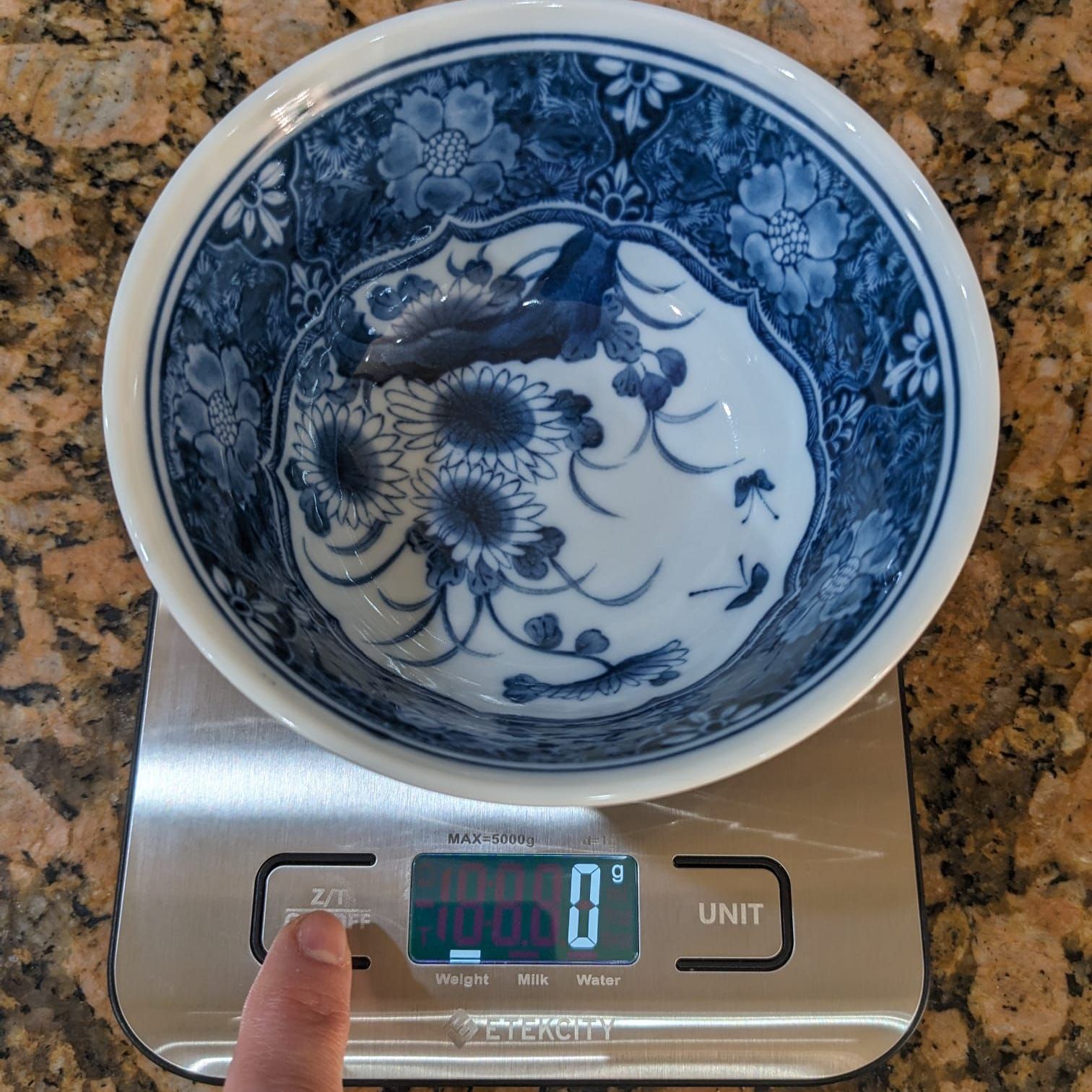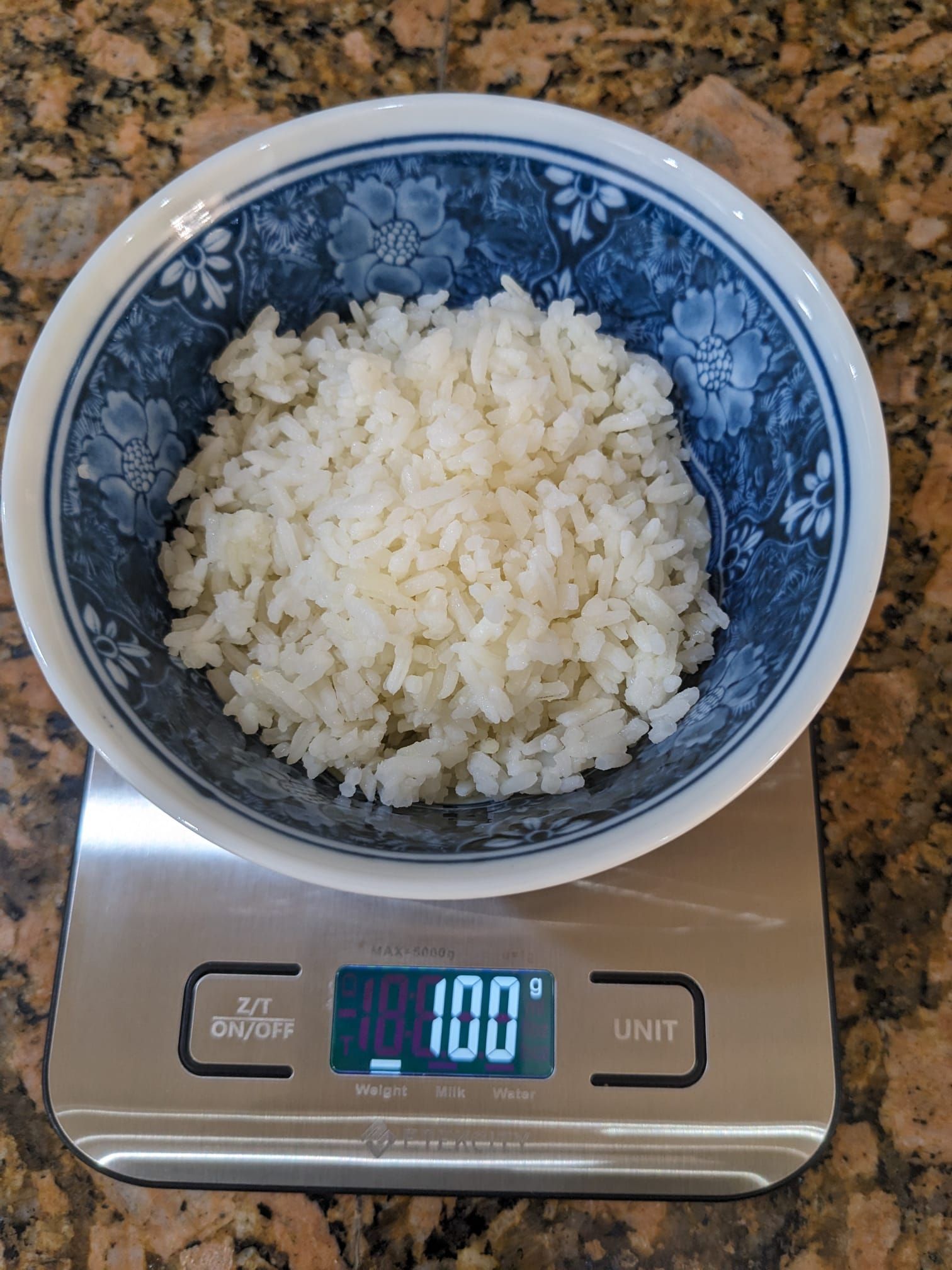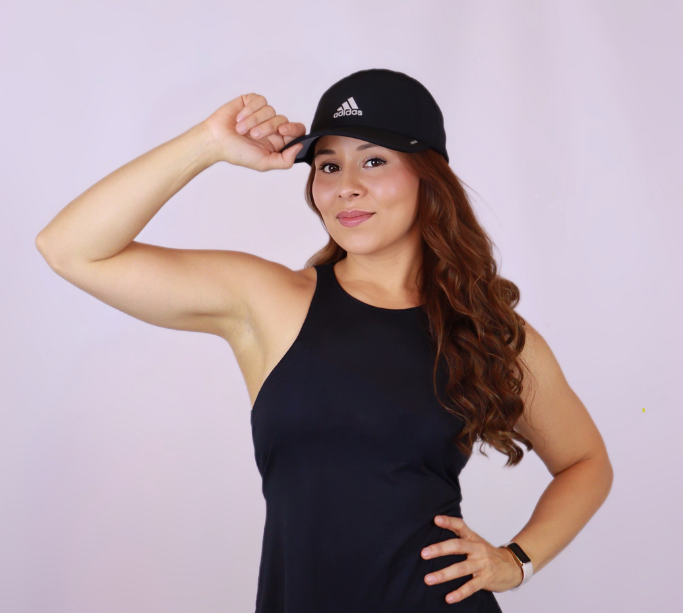
Easy Step-by-Step Guide on How to Track Your Macros
Are you looking to track your macros but need help knowing where to start? As a Nutrition and Fitness coach, I've witnessed the transformative power of macro tracking in achieving various health and fitness goals, whether it is weight loss, muscle gain, improved gym performance, or overall well-being. It's not about imposing restrictions; it's a journey of creating awareness and making informed choices.
Macro tracking provides valuable insights into your eating habits, combating the common tendency to underestimate daily food consumption. This process not only educates but also creates awareness. Now, let's dive into macro tracking, where you can take control, making intelligent decisions tailored to your fitness goals, whether that's shedding pounds, gaining muscle, or simply staying healthy.
This article is all about how you can track your macros, how this can help you take control of your health and reach your fitness goals, and the tools you need to get started.
What Is Macro Tracking?
Macro tracking is all about keeping tabs on your protein, carbs, and fats while logging and measuring what goes into your belly. Thanks to user-friendly apps, you can easily keep a food diary that breaks down the nitty-gritty of your macros. This cool process lets you be the boss of your diet, making smart choices based on your fitness goals, whether it's dropping pounds, gaining muscle, or just staying healthy.
Why Track Your Macros?
When you track your macros, the goal is to measure and record all the food you eat daily, providing insights into your dietary habits. One example I like to use is if you're trying to lower your cholesterol; tracking can give you insight into how much saturated fats you consume. You'll also be able to monitor how much fiber you're taking in. It may reveal the need to incorporate more high-protein options for those wanting to build muscle.
Sometimes, we may think we're consuming enough protein, but tracking our intake can help us determine if we are meeting our protein goals. I find that a lot of people undereat, and this causes a ton of other hormonal issues. When you track your macros, it can help you analyze whether you're undereating or eating enough for your goals.
How To Track Your Macros
Here's a step-by-step guide that will help you track your macros! Let's make this easy.
Step 1: Choose an App to Track Your Macros
Select and download a macro tracking app. There are so many apps to track your macros, such as MyFitnessPal, My Macros+, Carb Manager, and Cronometer. Each has strengths, including a great database, accurate tracking abilities, and additional features for easier meal planning. I personally prefer My Fitness Pal and find that it's pretty easy to navigate.
Step 2: Purchase a food scale
Invest in a reliable food scale, such as the Etekcity, for accurate measurements. You want to avoid using measuring cups or spoons to measure your food because this can lead to overconsuming calories. A food scale is much more accurate when you're looking to track your macros. Weighing your food in grams or ounces and using the tare method ensures easy tracking. I use grams for almost everything. I use the ounce option when it comes to meats, chicken, or fish. But either of those two options are great.
Step 3: Weigh your food
You can weigh your meals cooked or raw. Grab your bowl or plate, place it on the food scale, and reset the scale to zero (taring) before adding any of the ingredients.
It will look like this:
Position your empty bowl or plate on the scale and press the "tare" button. This will ensure you're not including the weight of your bowl or plate. Make sure to select if you're weighing in ounces or grams by clicking on the unit button. For this meal, we will choose grams. Add your rice, and as you add your rice, the scale will give you the weight of your rice. Zero it out before adding any other ingredient. Each time you add an ingredient, you will zero it out. This will allow you to weigh each ingredient without having to use different bowls.
Step 4: Add your meal to Your App
Ok, so we weighed our rice. Now, we will add it to the app. In my description, I will type the type of rice and if it's cooked or raw, etc. Let's say this is jasmine rice. It will look like this: cooked jasmine rice. For more accuracy, look at the verified entries that have a green check mark. You can also include the specific brand you used. Once you select your option, we're going to add the serving size. Change the serving size to 1 gram and add quantity. Let's say when I weighed my rice, it was 100g. Under How much in the serving size section add 100. This will show you how many calories, carbs, fat and protein you're consuming with this portion. That's it! You tracked your first item!
Even though this might seem like a ton of work, it is totally worth it. Why? Because of all the knowledge you gain. For example, the average woman should eat at least 50g of fat for healthy hormone production. It's only when my clients start tracking that they realize they're under-eating fats.
The goal is for you to gain the knowledge you need to learn about your eating habits and portions.
Consistency Is Key
Tracking macros is a temporary tool, not a forever crutch. The more you do it, the easier it becomes, and the faster you can reach your goal. We want the knowledge because this will allow us to intuitively eat once we've learned what our portions should look like.
Macros Vs. Calories For Weight Loss
In the nutrition tracking world, monitoring calories gives you the basics. But if you want a more detailed understanding of your nutrition, tracking macros is the way to go. While counting calories gives you the overall picture, when you track your macros, it breaks down the specifics of proteins, carbs, and fats. It's a deeper dive into understanding not just the total calories but also the composition of those calories. It's a more detailed approach to knowing what's on your plate and making it work for your health goals.
When it comes to weight loss, macros take the spotlight compared to just counting calories. Tracking macros allows you to zoom in and focus on the essential players – proteins, carbs, and fats. It's like having a personalized nutrition guide that ensures you're not just cutting calories but also getting enough protein to support your weight loss goals. While counting calories provides a broad overview, macros offer a more nuanced approach, ensuring that your body gets the right balance for effective and sustainable weight loss. It's not just about the quantity but the quality of what you're eating, and macros give you the tools to nail that balance, especially when it comes to getting that protein punch.
Use The Tare Method
Instead of dirtying a ton of containers when weighing things in a jar or bowl, use the tare method on your food scale. Here's how you can do it: place your yogurt bowl or container on the scale, hit that "tare" button, and it will zero out, subtracting the bowl or container's weight. As you scoop out your yogurt, you will see the weight of the content you're scooping out, not the bowl or container. It's a game-changer, especially when dealing with nut butter or honey. No need for extra containers or utensils – tare it out and get those precise measurements. It might seem like a small kitchen trick, but it's a game-changer when you want to track your macros precisely and efficiently.
Weighing Your Food: Raw Vs. Cooked
Let's talk about the raw vs. cooked food debate in the world of weighing your eats. There's no hard and fast rule about which is better – it's more about being specific with your entries in the tracking app. If you're weighing your ground turkey cooked, log it in as cooked on your app to get those macros spot on. The magic lies in consistency and accuracy. Whether you're logging raw or cooked foods, as long as you're clear in your tracking entries, your app will do its thing and give you the details you need. So, it's not a raw vs. cooked showdown – it's all about being specific and staying true to your tracking game for the most accurate nutrition insights.
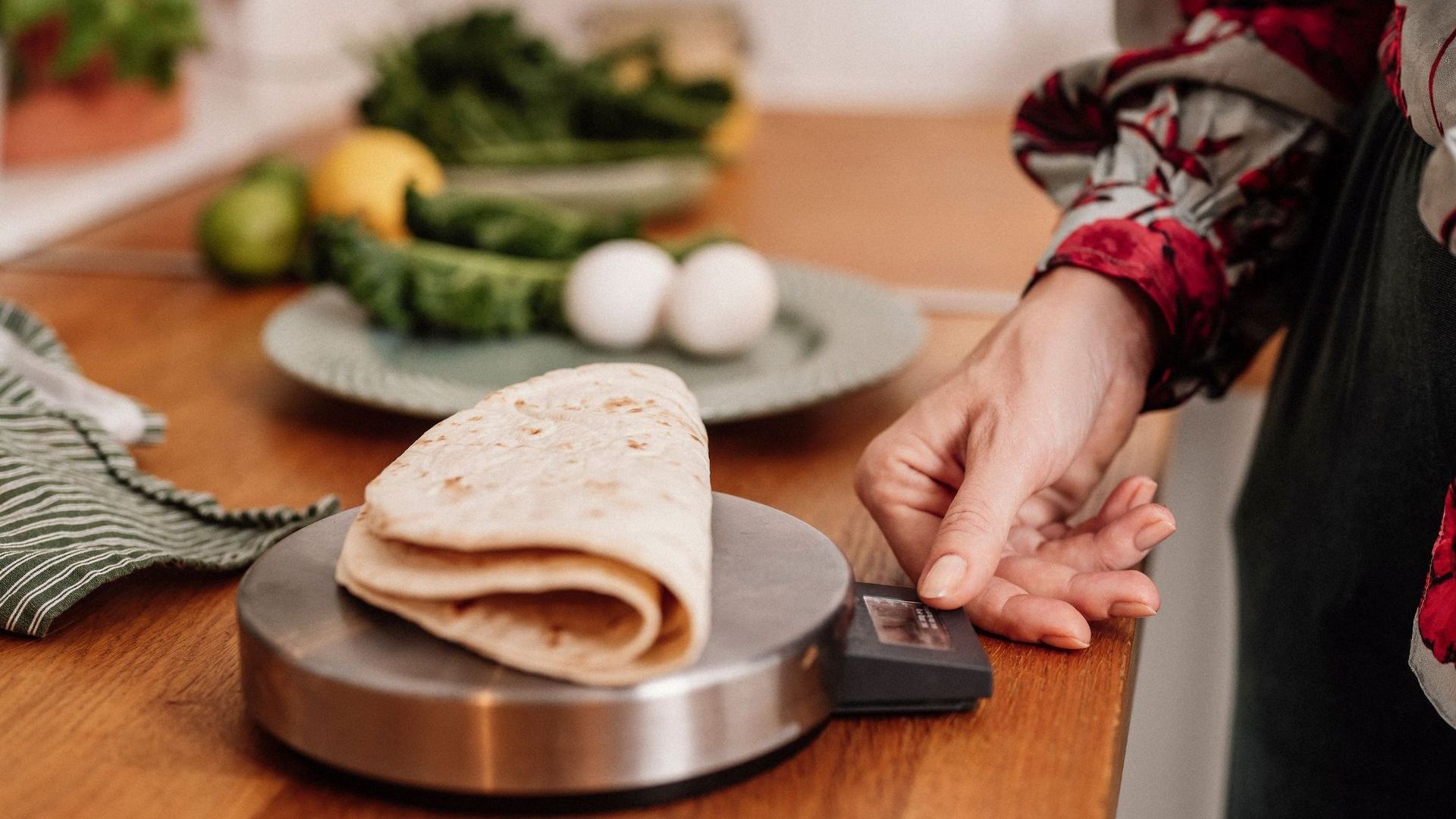
Let's Wrap This Up!
In conclusion, when you start to track your macros, it may seem like a mountain to climb, but the rewards are truly worth it. As a nutrition and fitness coach, I've seen firsthand how macro tracking is a powerful tool is for achieving diverse health and fitness goals. It's not about restriction but about creating awareness and making educated choices, allowing you to gain valuable insights into your eating habits.
The step-by-step guide on how to track your macros emphasizes the benefits of tracking. We saw how macro tracking can be superior to counting calories, offering a more detailed approach to understanding and optimizing your nutritional intake. It's a journey that leads to knowledge, empowerment, and the ability to navigate your dietary choices in the long run intuitively. Tracking your macronutrient intake will help you achieve your health goals accurately and purposefully.
Other Posts You May Like:
- The Best 5 steps to identifying true hunger and cravings
- 5 Reasons Why Tracking Your Meals Gets You Faster Results
- 10 Foods That Can Boost Your Immune System & Why It Matters
Don't forget to share!
Jess Chambers
NASM-CNC, BCS, CPT
@Lifthealthybyjess
Join me on Instagram!
Hey there! Want daily inspiration, nutrition tips, and fitness motivation? Follow Lift Healthy by Jess on Instagram for delicious recipes, workout ideas, and success stories from clients who love all things health. Join our community for expert guidance and a daily dose of wellness goodness. Let's crush those goals together!

